A Spot on the Map: Ilana Goor Museum
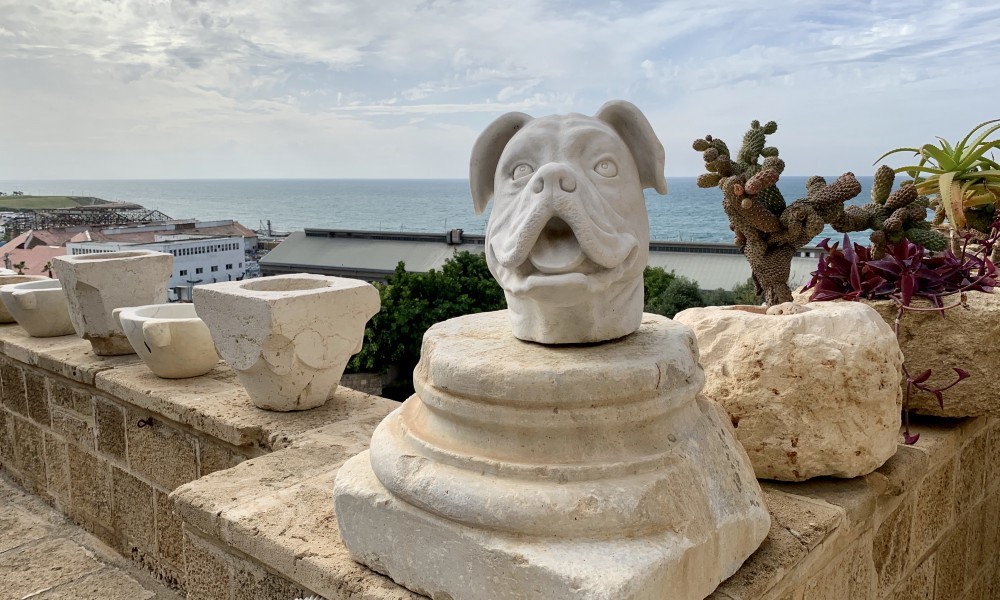
So if you don’t just want to have a cursory look around Tel Aviv but long for a deep dive into the fairy, enchanted world of an out-of-ordinary citizen of this Israeli city, of Ilana Goor, get inspired with our impressions and make sure you visit her art space.
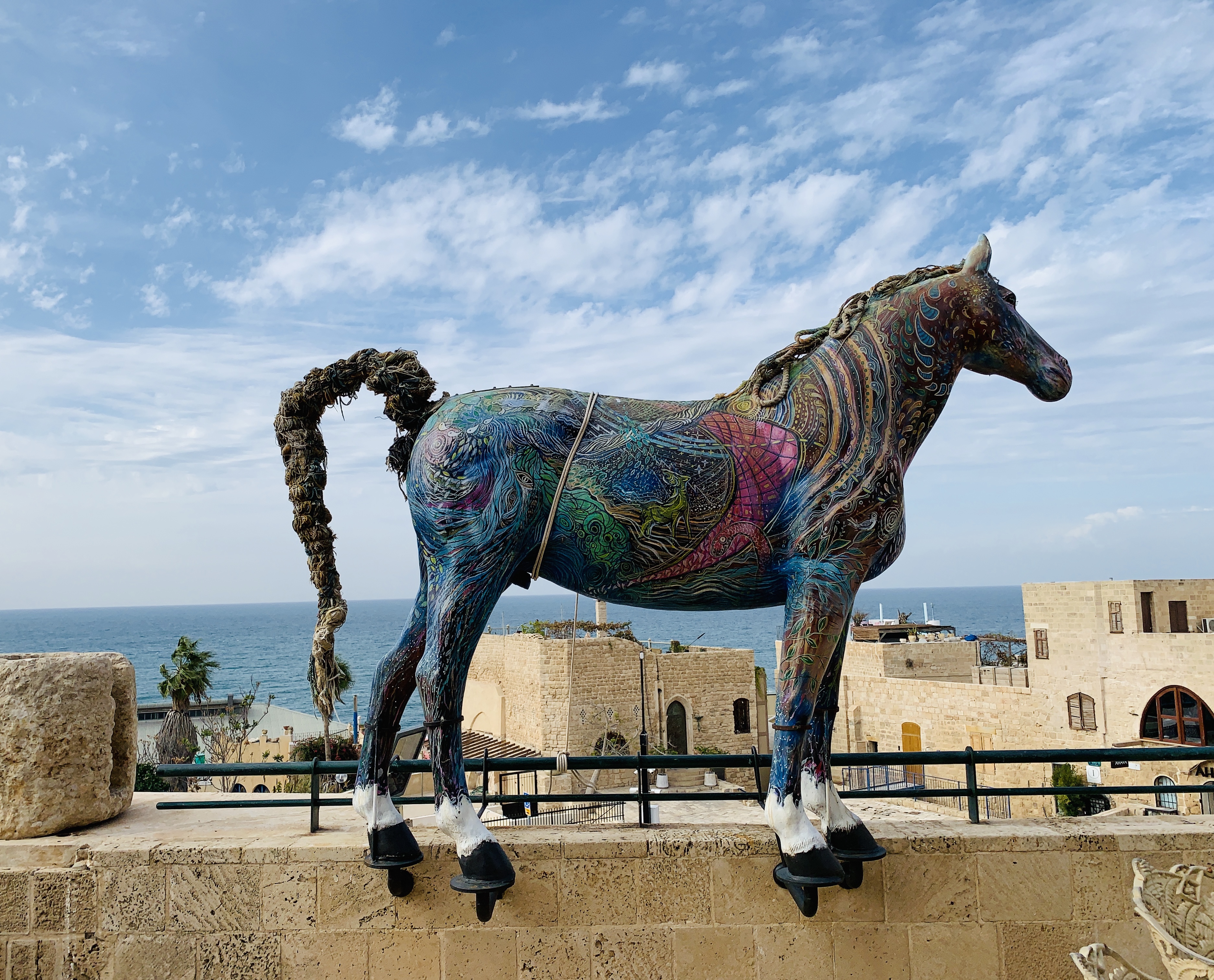
The artist and the owner of the museum, Ilana Goor,was born in Tiberias in a family of highly distinguished doctors and artists. She has never studied art or design at a higher educational institution, she has perfected her artistic manner on her own. Ilana herself has created her art world where she has designed her own laws and rules. From an early age, utterly unexpected objects have become elements of her sculptures. Her vision has gone far beyond the boundaries of the classic understanding of art. Ilana is no doubt an autodidactic artist. Goor’s works are sculptures, furniture, household objects, fashion items, interior design, and jewelry that have been exhibited in numerous museums in Israel and abroad, among them Tel Aviv Museum of Art and Museum of Modern Arts of Vienna. The famous Never Again moving sculpture at the Holocaust Remembrance Center Yad Vashem in Jerusalem and the Woman Against the Wind statue in Charles Clore Park in Tel Aviv also bear her signature.
The main distinction of the works of Ilana Goor is to gather the parts, that seemingly don’t go together, in a single piece that gives them new senses.
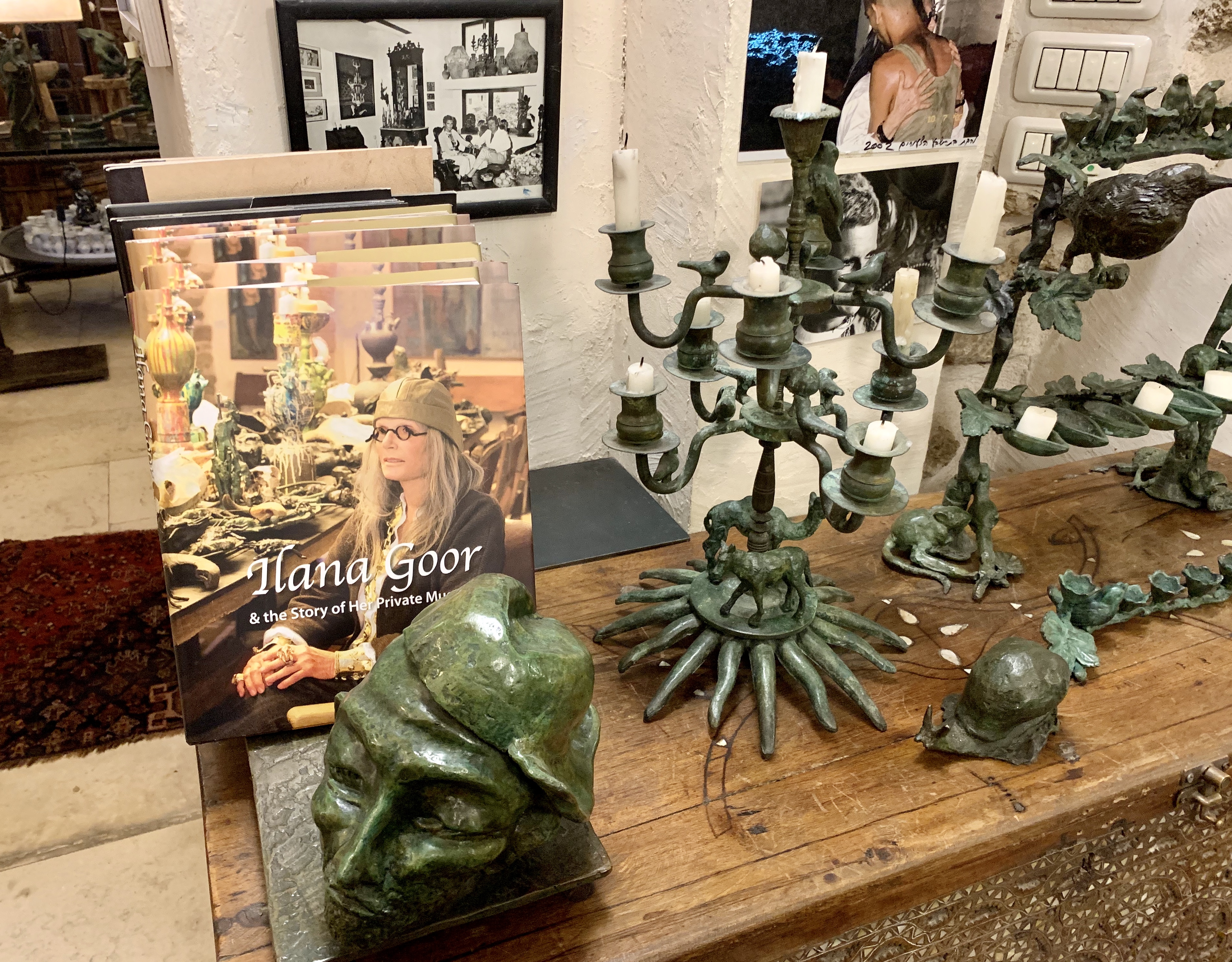
Ilana Goor Museum
The building of the museum, its walls preserving memories of the latest 280 years, stands on the hill of the old Jaffa overlooking a panorama view of the Mediterranean Sea. It used to be a sort of shelter for the pilgrims on the way to Jerusalem and a soap and cosmetics factory. In the early 1990s, Ilana Goor purchased the site to exhibit her own artworks along with a huge art collection she had been meticulously gathering for years. During renovation works unexpected ‘discoveries’ awaited the new owner, and they were truly archeologically valuable. Workmen,who were carrying out renovation, noticed a rare stone oven in the basement of the house, it was most likely used in soap production and now it is a part of the display. Findings keep enriching the collection of the museum till now. When in the museum, make sure to raise your eyes. The unique ceiling made of amphorae will come to the view in all its glory. Recently yet another room was found beneath the basement floor, so should the legends of ancient times be true, one day the owner of the museum may discover a channel that leads to the sea.
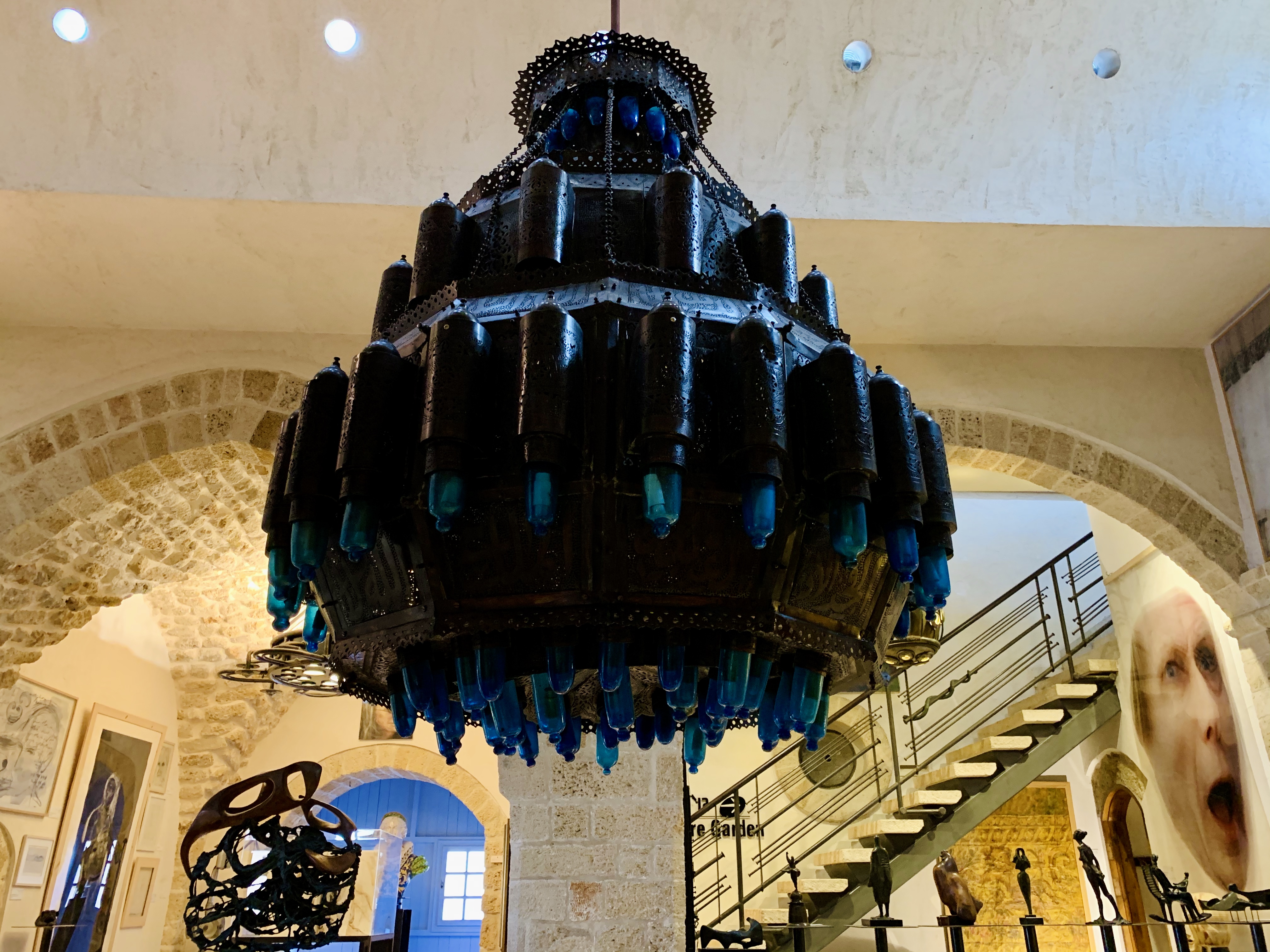
Life in the Art
Goor insists that a person can only understand art when there is an opportunity to be ‘close’ to it, to touch and feel it. This is probably why Ilana Goor, instead of displaying the exhibits in a ‘soulless’ white space, ‘intertwined’ art with personal life (the museum is also the house of the artist and sculptor). The artworks are not unreachable, for the chosen, sterile – they are light and accessible for visitors. That’s the principle Ilana follows while connecting art design and the history of the house, dissolving boundaries between the different spheres and implementing the idea of art as a part of life.
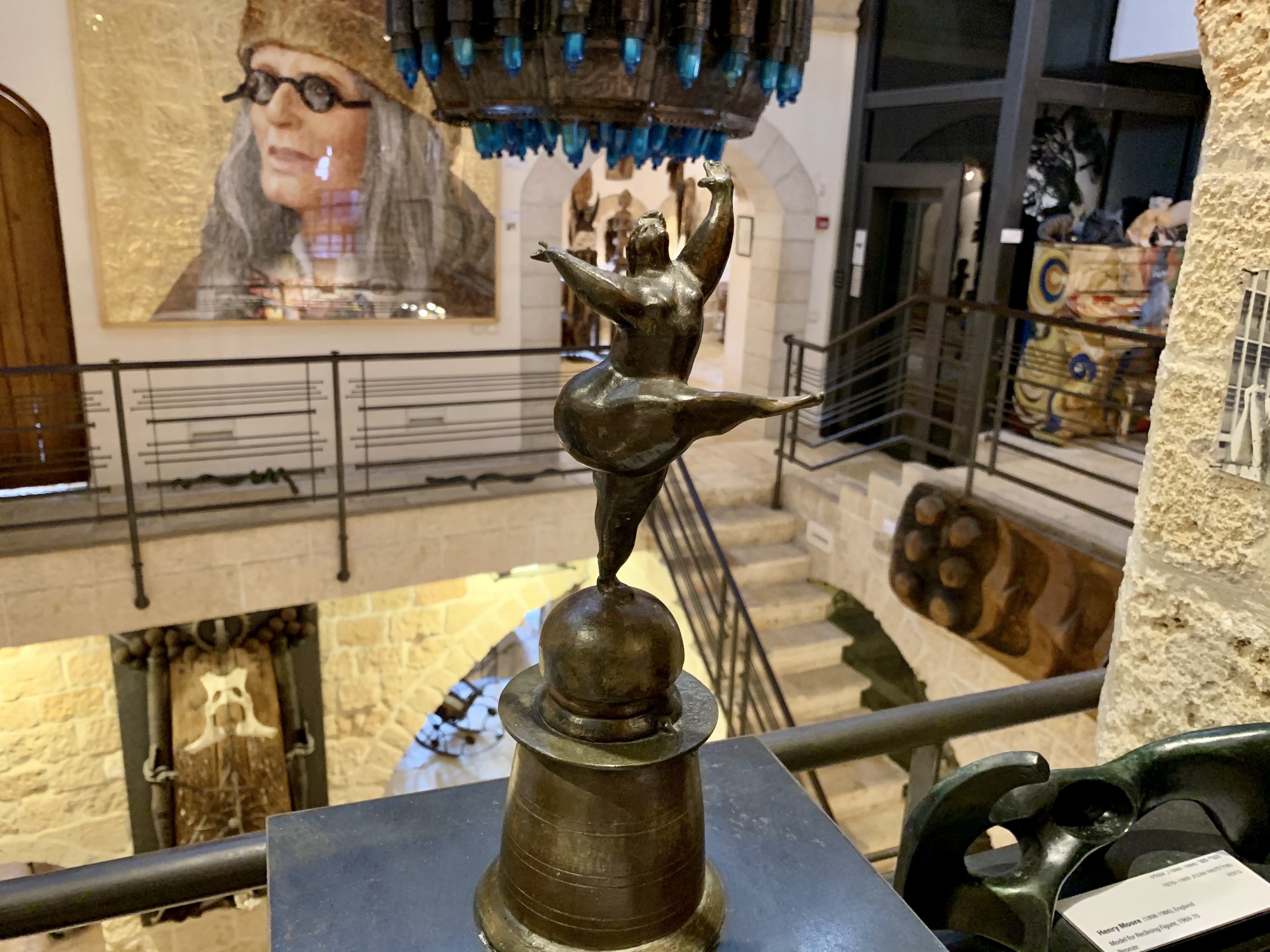
Exhibits
The museum has over 500 exhibits both from Israel and from all over the world; nearby the works of Ilana Goor, there is the heritage of Menashe Kadishman and Uri Lifschitz, Shahar Sarigt and Olexandr Orkhypenko, Diego Giacometti and Henry Moore. Antiquity neighbors modern artworks and one can even say that ethnic motives of Africa and South America prevail in the collection.
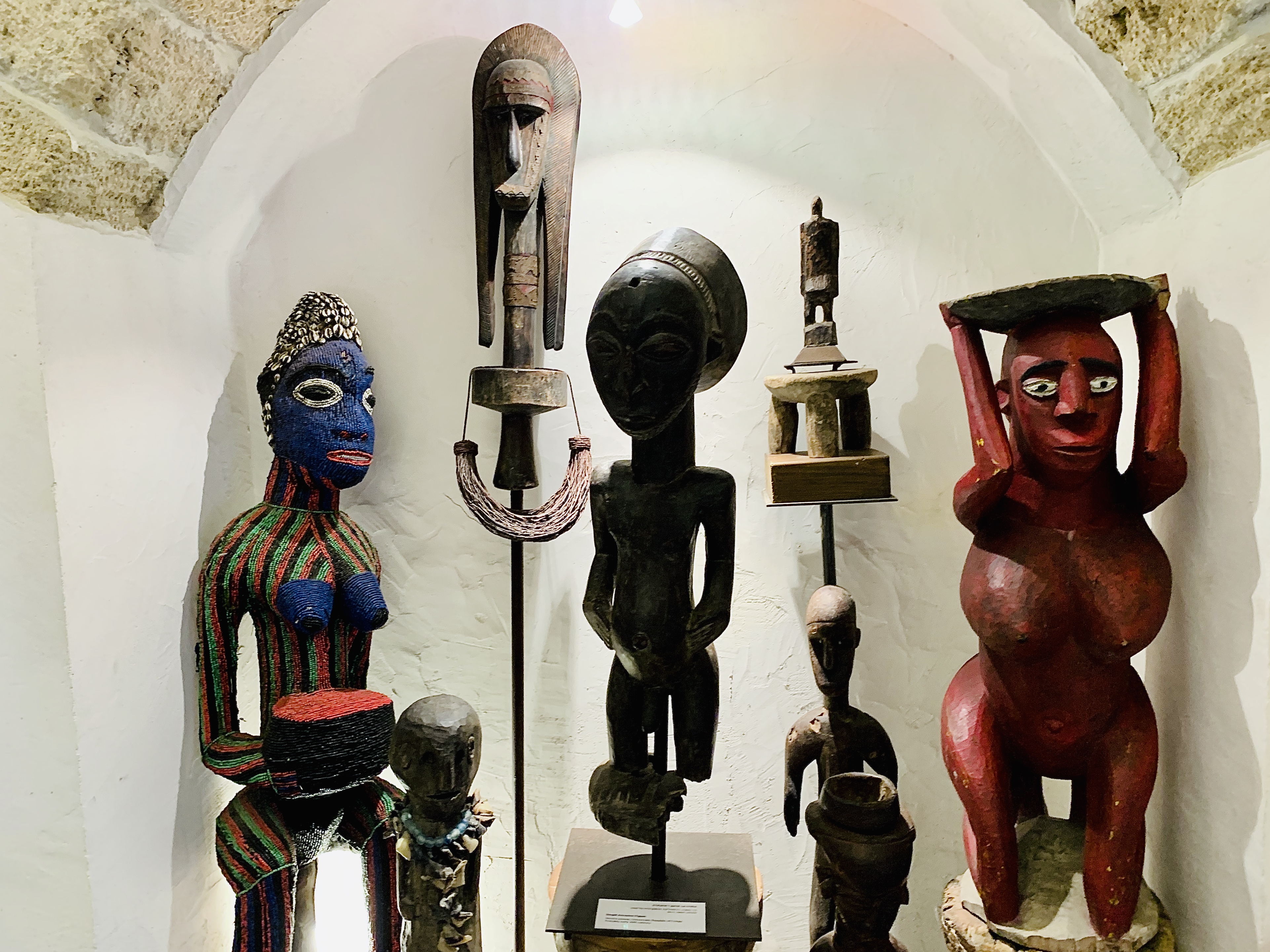
The nature of the museum is completely eclectic. There are three floors, dozens of halls, each with an own topic.
For instance, the artist placed her own most famous sculptural composition,The Morning After, on the first floor in the Monk’s Room. The room owes its name to the two 300 years old tables that were brought in from a Greek monastery. Currently, they make for a part of an installation that visitors perceive differently. For some it is the world after the apocalypse, for the others, it is the chaos of modernity. It is very hard for a tourist to be left without impressions given such exhibits.
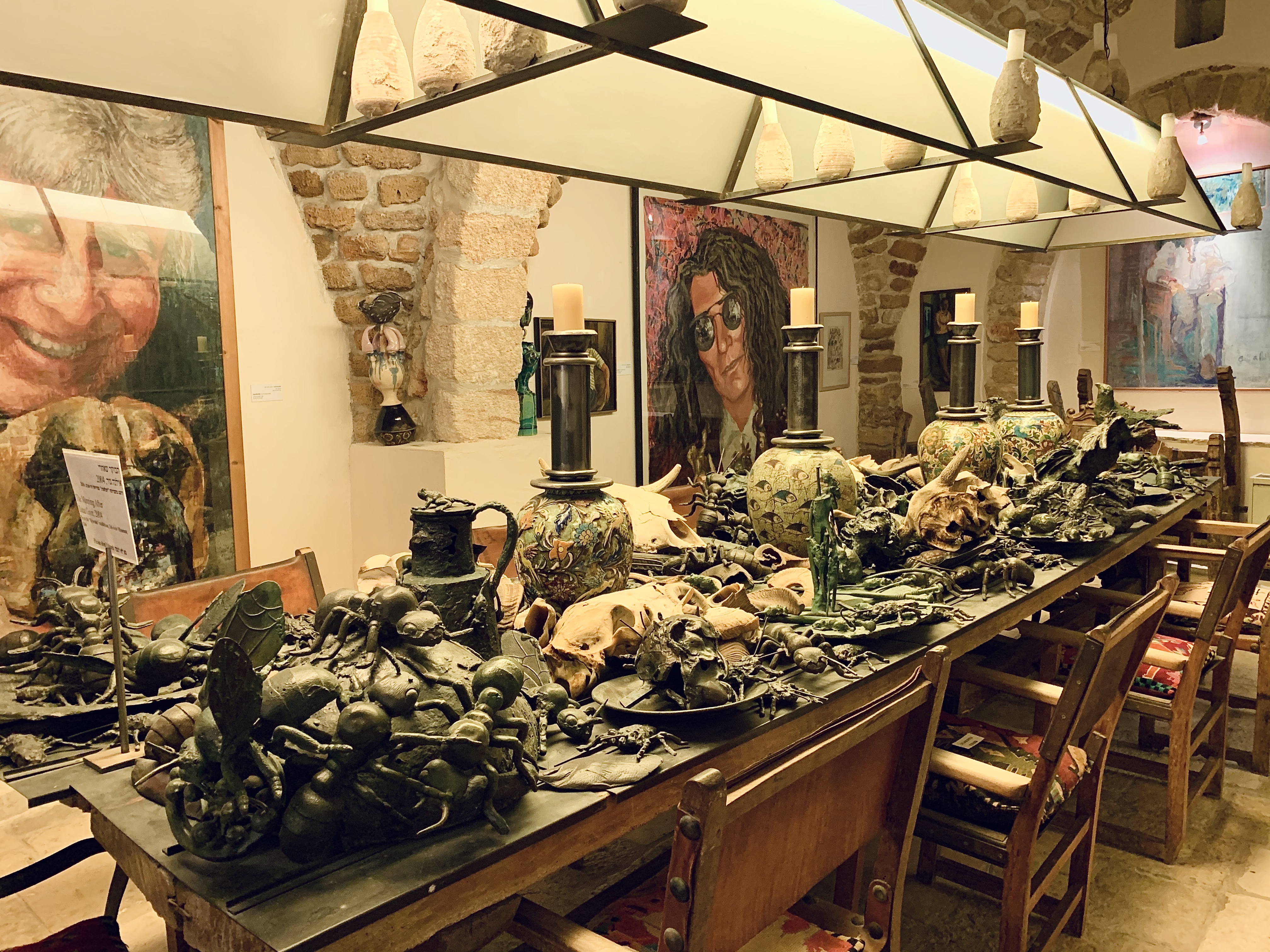
Creative works of a famous Israeli sculptor and artist Nadia Gorenstein make the visitors halt, too.
The author dedicates a great deal of attention to the origins of art. Her work was significantly influenced by Japanese culture. Even now motives of traditional Japanese dolls – kokeshi – can be seen in her sculptures. Nadia does not share the pursuit of the trends and innovations, “escapes the fuss of the media and the perfect social world with all her might”. This is how the artist characterizes her works:
“In the world of impersonal mass production, deprived of any human touch, I feel like going deeper into physical manual work including traditional techniques and materials that people have used for many centuries (wood, clay, textile, metal, paper). I long not to create objects, that are precise or clean, but to develop the material instead.”
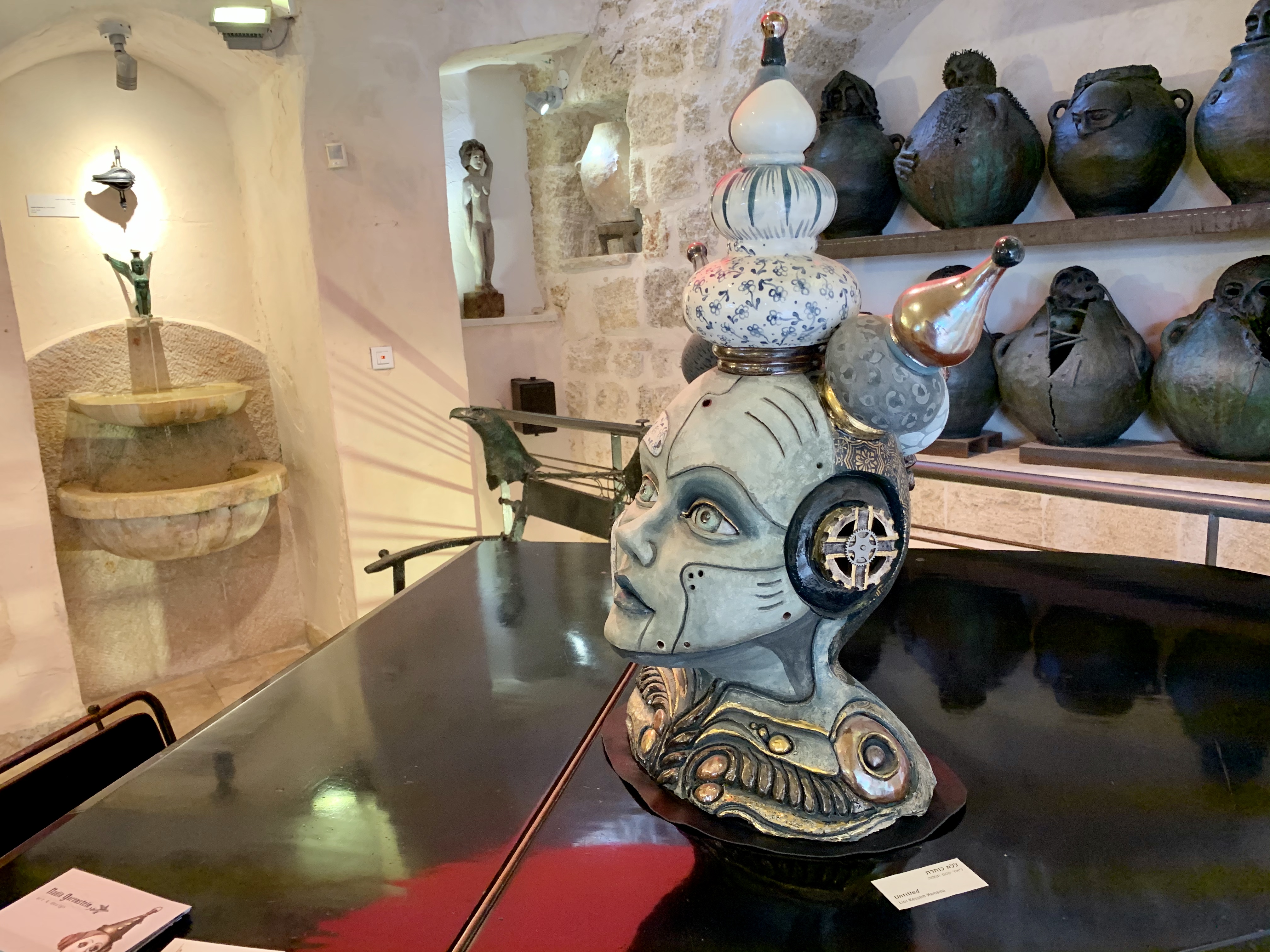
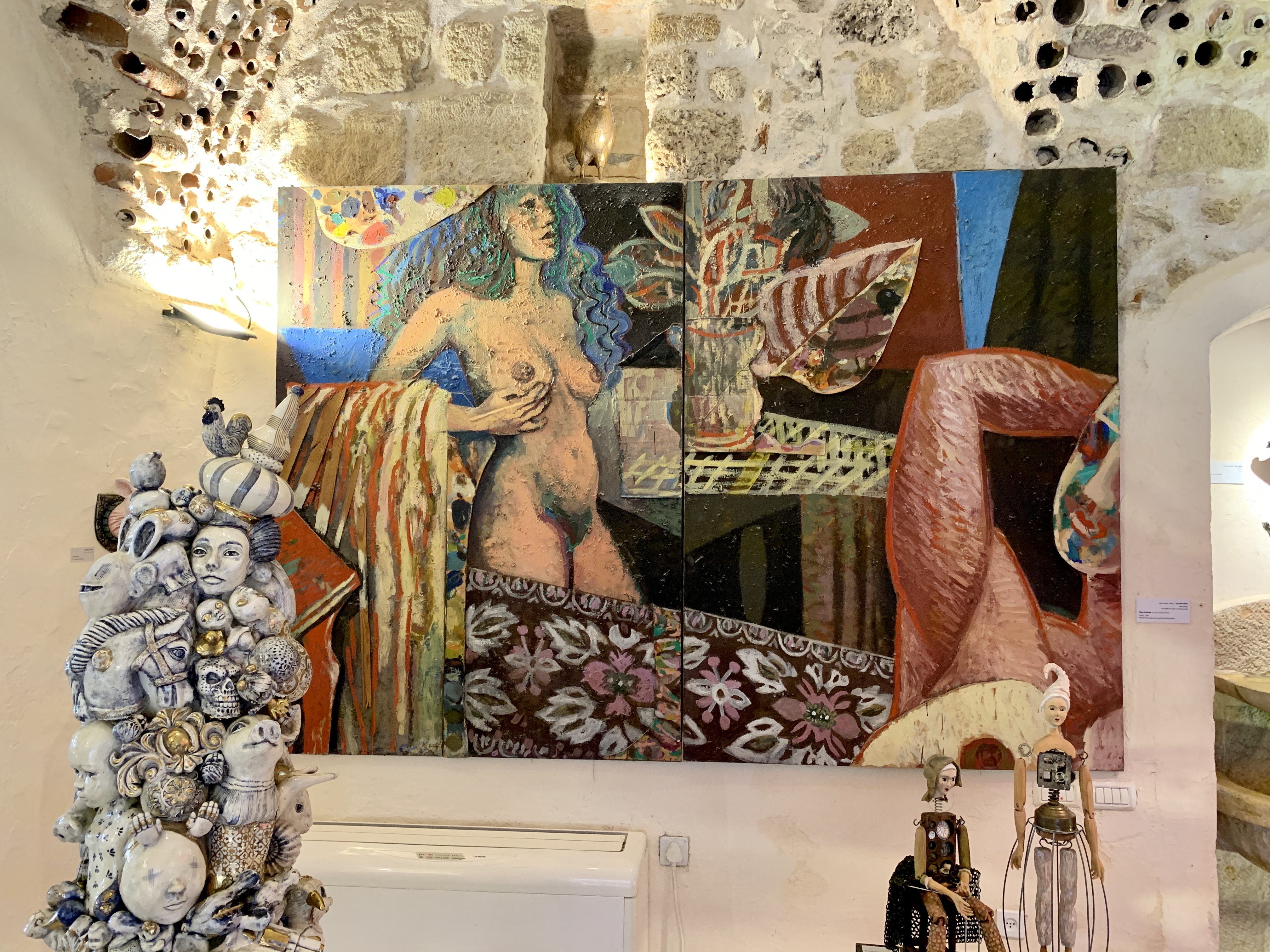
Can there be a better frame for the works than a panoramic view over Tel Aviv? On the roof of the museum, there is the Sculpture Garden where one can see various compositions by the owner. For instance, a series of Bedouin Women sculptures: The Motherhood, The Mother and a Child as well as The Mo(u)rning – the work that graphically demonstrates an important motive of Ilana Goor’s works – the maelstrom of life and death and fragility of human existence.
Right near, there are the exhibits by the eccentric Vered Aronovich. The Israeli artist is famous for her unexpected and unpredictable art decisions. Displayed work, the Fountain with the kids bearing faces of murderers, irritates some immensely and attracts the others to the same extent.
To find the right place for display, to manifest the works in unexpected contexts, to allow them to unveil themselves to a visitor – these are the tasks that are put into practice in the museum perfectly.
And trust us that while wandering around various rooms of the museum at least once you will have an idea come to your mind that you happen to be in a charmed house where exhibits wake up at night to leave their lives together with the extraordinary Ilana Goor, and in the morning they ‘hold breath’ again in front of the new visitors.
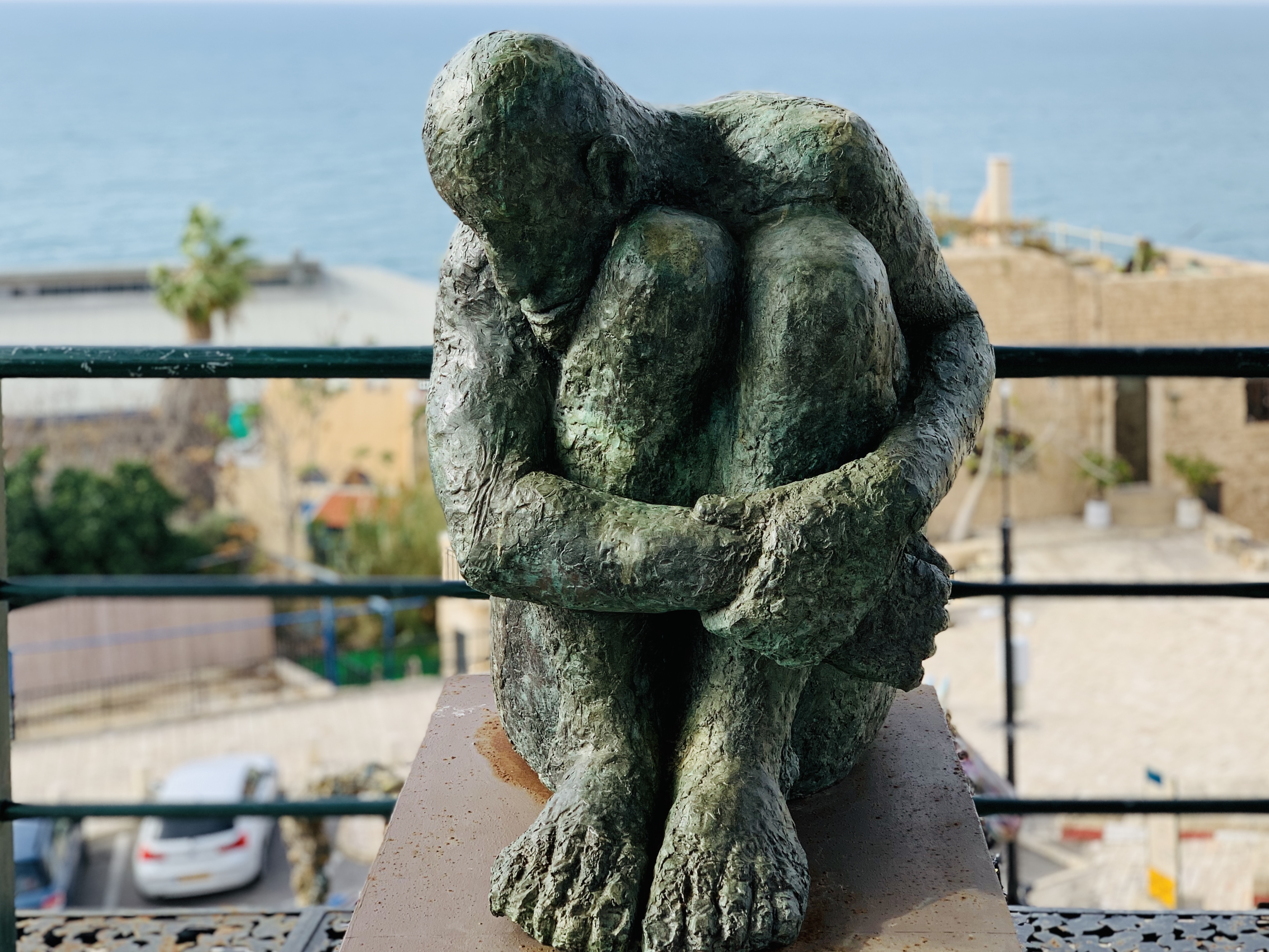
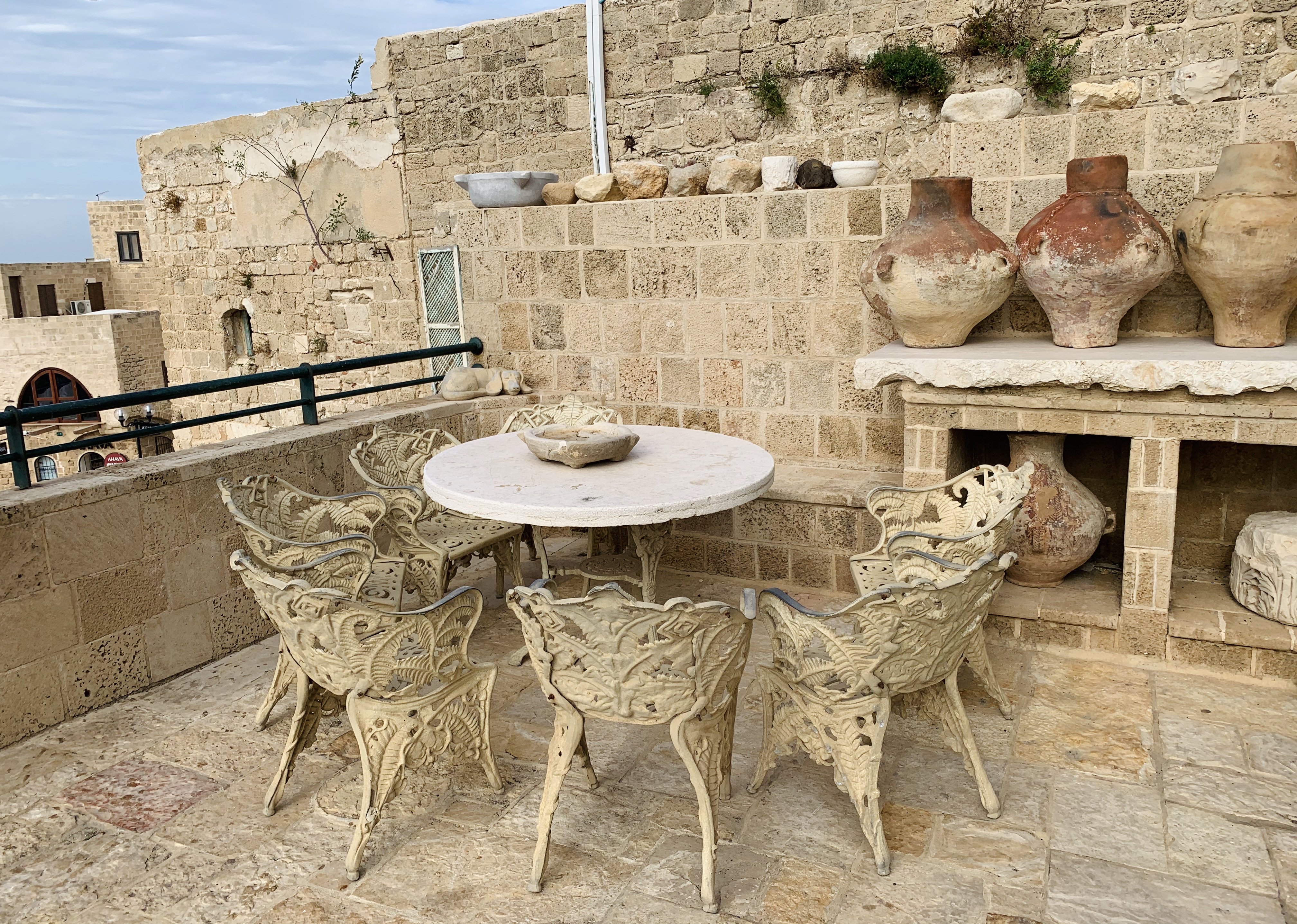
OUTLOOK Project expresses gratitude for the support in creating this feature to the Representation of the Ministry of Tourism of the State of Israel to Ukraine and Ms. Anna Romanenko in person.
Photo: Arina Sira, especially for OUTLOOK





















